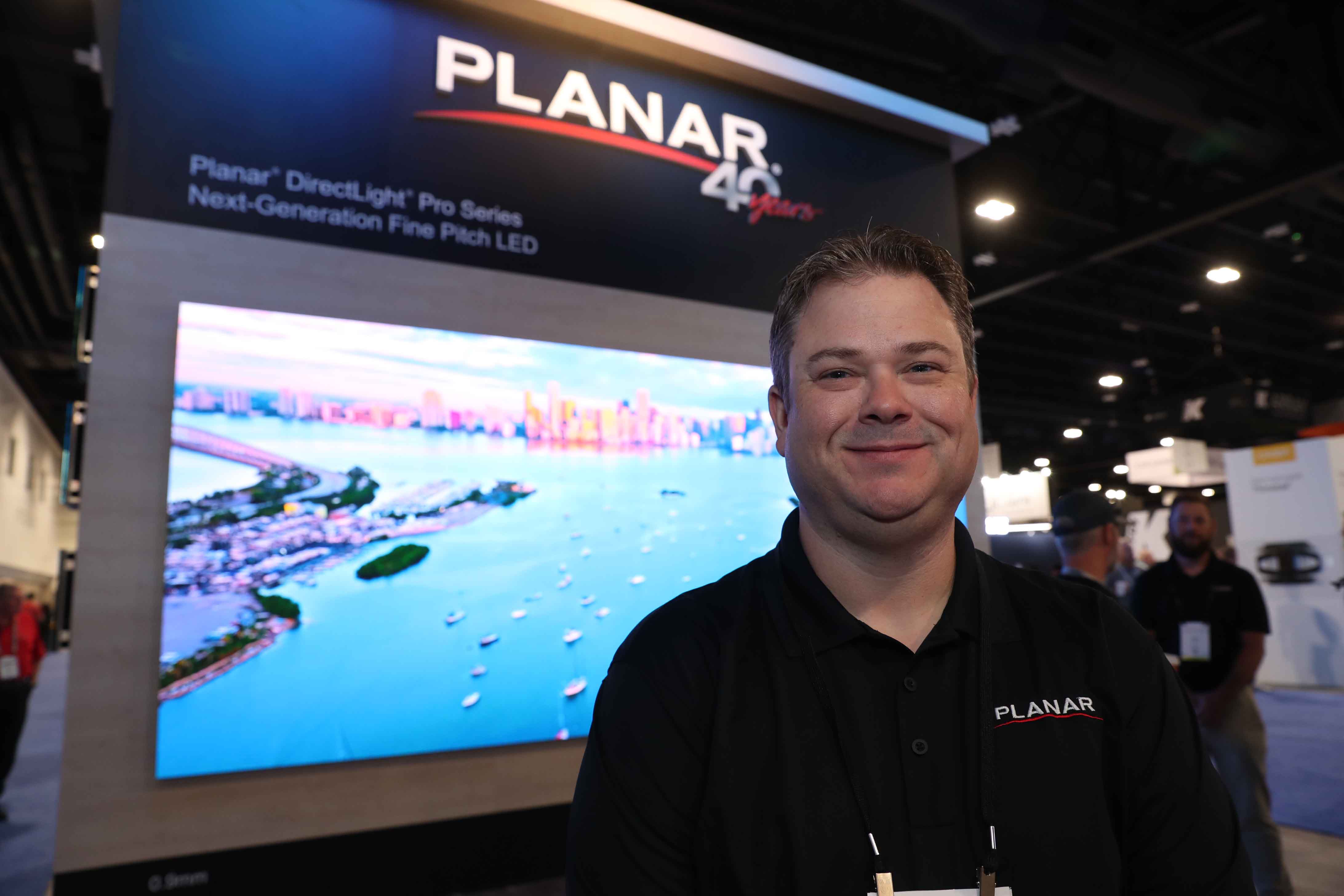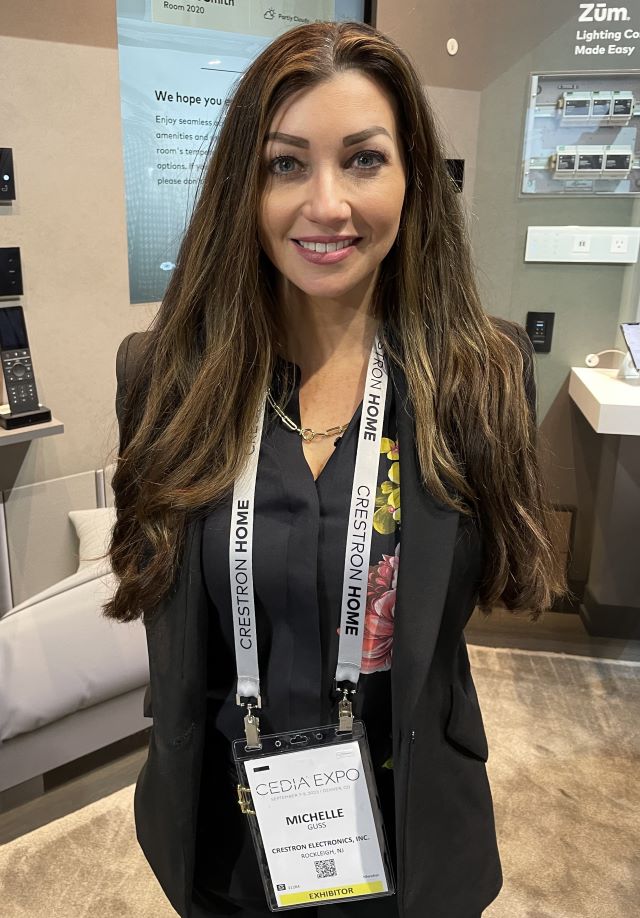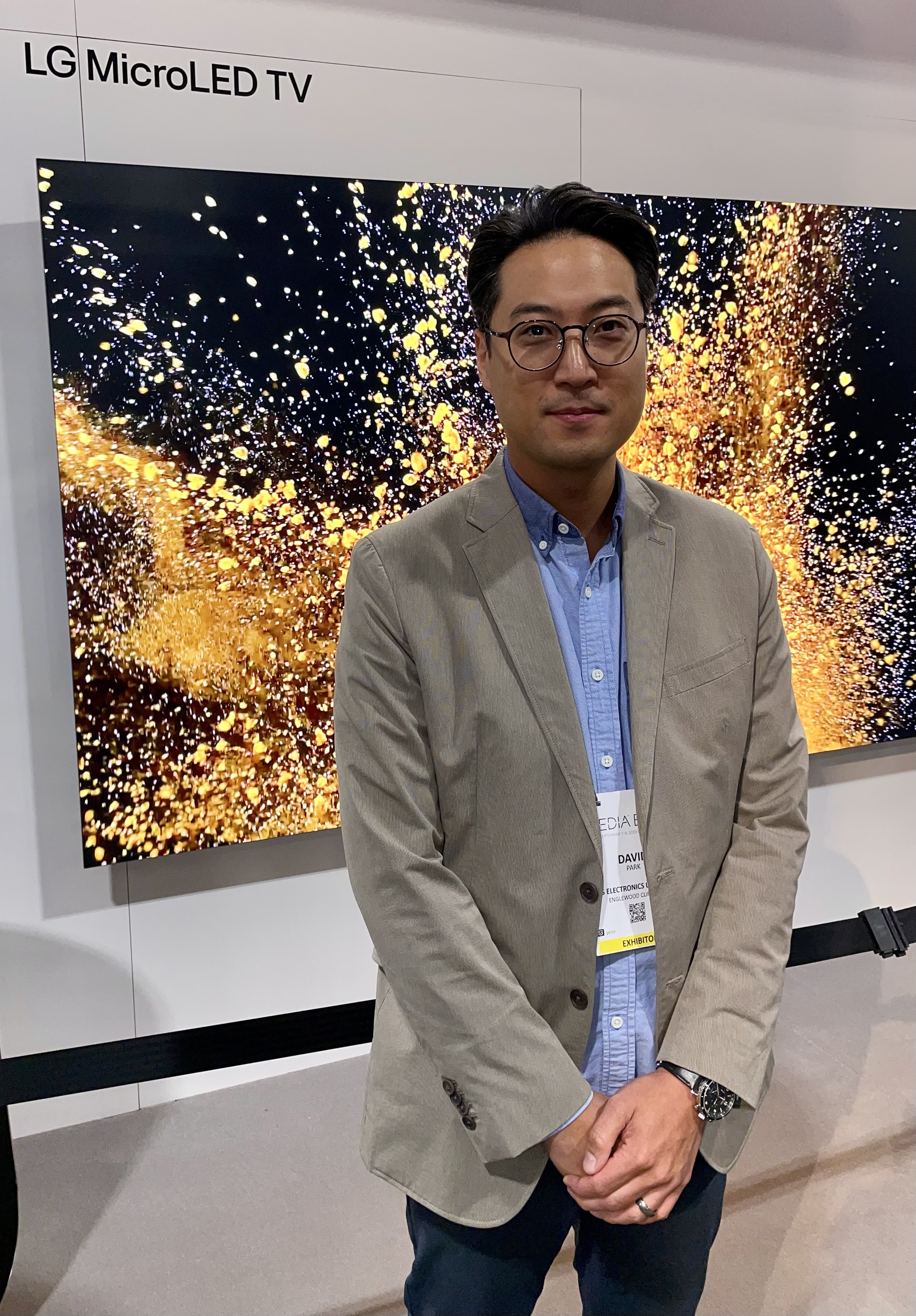The fact that a section of the CEDIA Expo show floor is dedicated to the new Commercial Integrator Expo should serve as a hint that the lines between commercial and residential integration continue to blur. It’s certainly not a new development, but several exhibitors on the show floor offered their perspective on the growing overlap and the sharing of technology between markets.

As you’d expect, integrators are trying to find more ways to capture revenue. In current conditions, with lower housing starts and higher mortgages, residential project opportunities generally decrease, according to Karen Smidt, senior director of marketing, Legrand|AV. As a result, residential integrators will attempt to fill that gap with lighter commercial work.
For example, a company that recently completed work on a larger residence may approach the owner to handle installs for their small offices, retail establishments, or restaurants. Smidt expects the bump to continue into 2024.

Robert Detwiler, senior director, product management and training, Planar, said that the “backbone” of many display technologies are similar for consumer and commercial applications, but they have different use models. Residential integrators that are looking to gain traction in the commercial space can tweak their offerings to appeal to the different customer bases.
[Wait Until You See This 'LED MegaWall' Virtual Production Stage from Planar]
Michelle Guss, Crestron’s vice president of hospitality, said a popular trend is WFH, which is short for “working from hotel.” It’s part of a growing movement called “bleisure,” which combines business and leisure travel. “People will travel for business and expand their trip for leisure activities, sometimes including their families,” she explained.

Crestron can provide solutions for every space in a hotel, from lobbies to meeting rooms to guest rooms, Guss offered. It’s important, she explained, because hotels need to accommodate the needs of their guests and provide the spaces and technology they need to effectively work as well—or better—than how they work from home.
David Park, LG’s director of customer value enablement, said consumers want professional, cloud-based control in their homes—it’s no longer limited to hotels. “Consumers are a lot more savvy,” he explained, “and they want to create ‘smart’ homes.”

Generally speaking, AV technology has been mostly a trickle-down process from the commercial space to the consumer space. But is that still the case? These days, some manufacturers are seeing the technology move in both directions.
[Crestron Answering Hybrid Workforce Needs]
Smidt said the technology is flowing both ways, but it’s more about experience and ease than pushing technology forward. “We have ease of technology in our personal lives, and we want that in our professional lives, too,” she offered.
For Planar, its focus is mainly on commercial displays, but Detwiler said the company has invested time, development, and engineering for both commercial and consumer products.
[Power of the Dark Side: LG OLED Brings Darth Vader to Life in Heart of NYC]
Park said LG has introduced many of its professional features into its residential OLED TVS, including diagnostics and a menu just for the CI channel for easier setup and troubleshooting. He’s also seen an increase in the use of the company’s MicroLED displays, which have extensive applications in the commercial market, in homes.
The company recently introduced the evo97G2 OLED display for consumers—while it delivers excellent imagery and features, its large form factor can be problematic for some installs. The new 118-inch LG MAGNIT 4K MicroLED display is modular, which makes it easier to transport and install for some residences.

